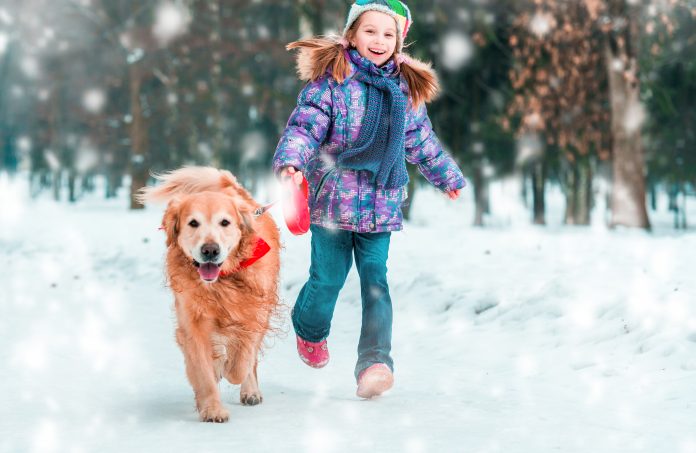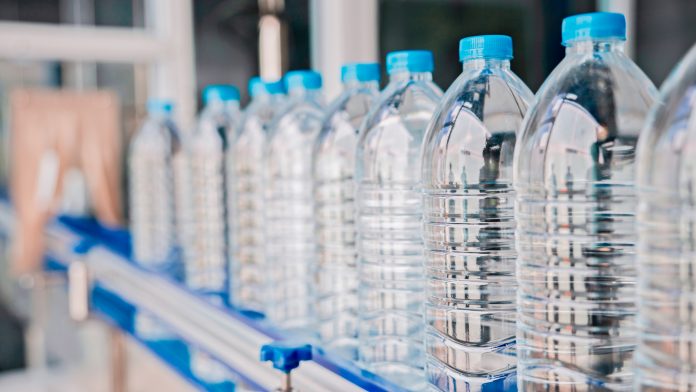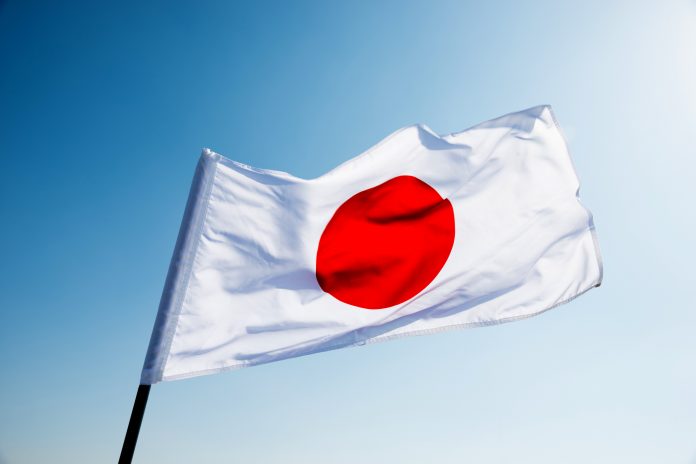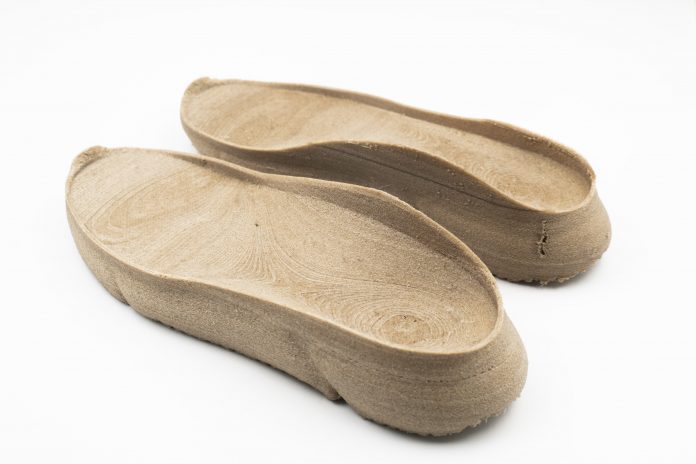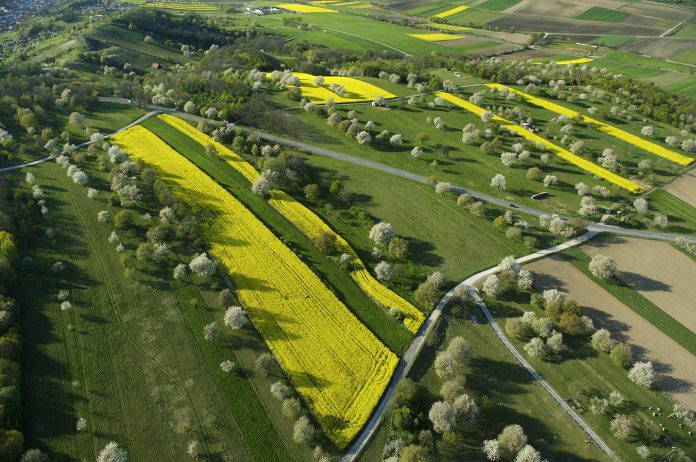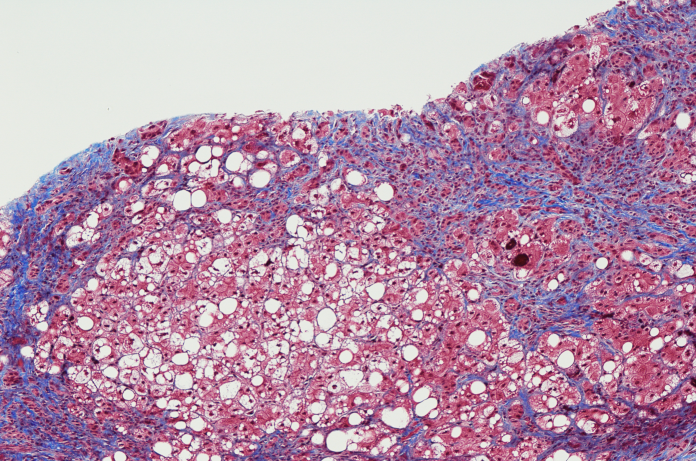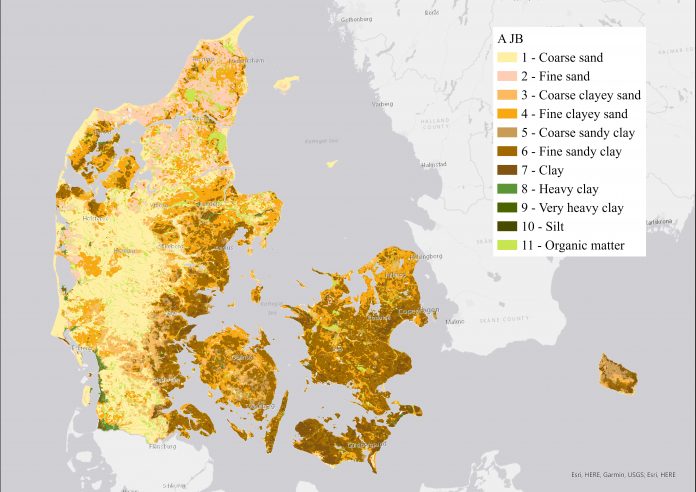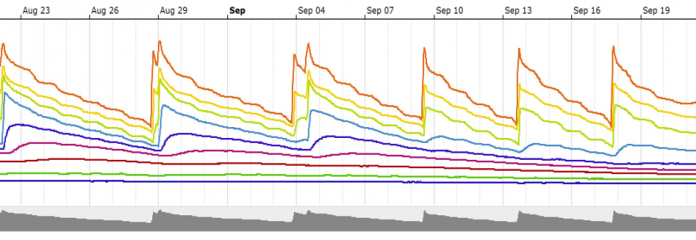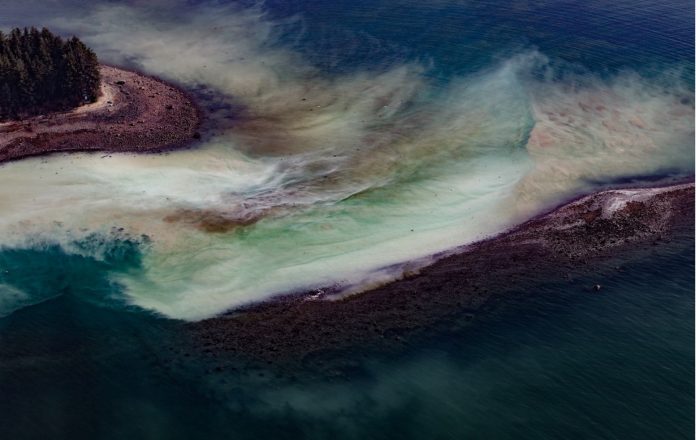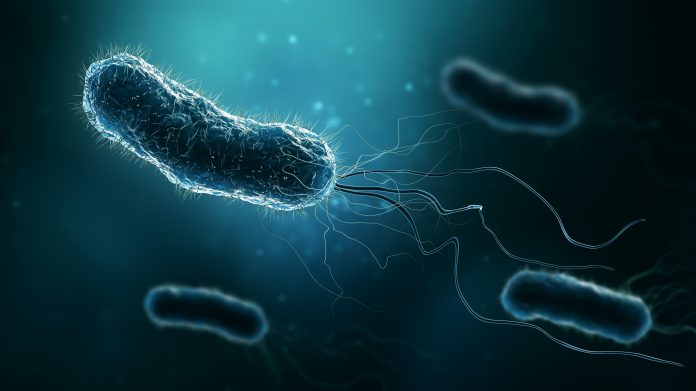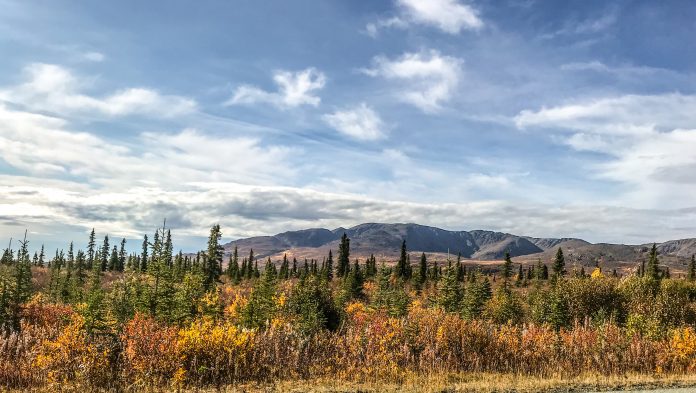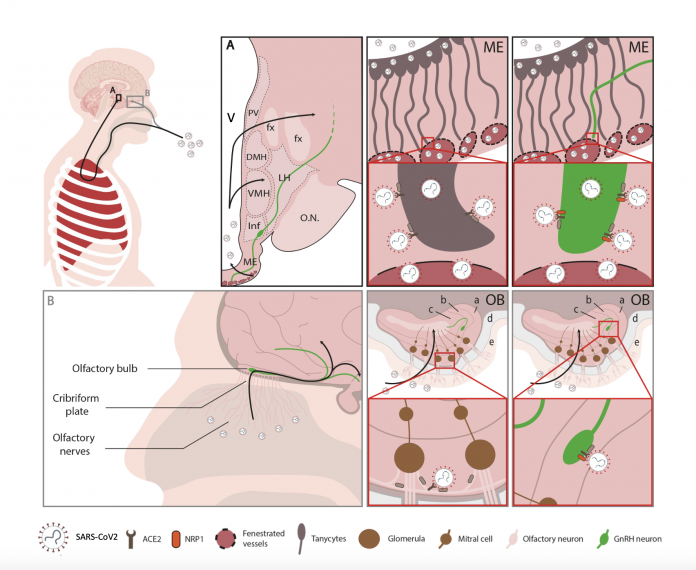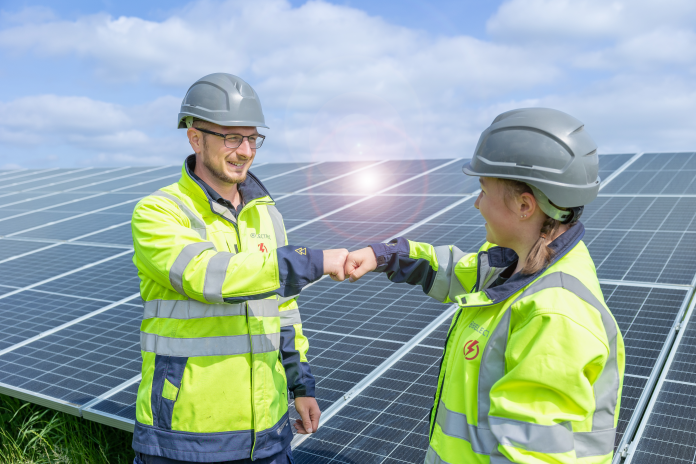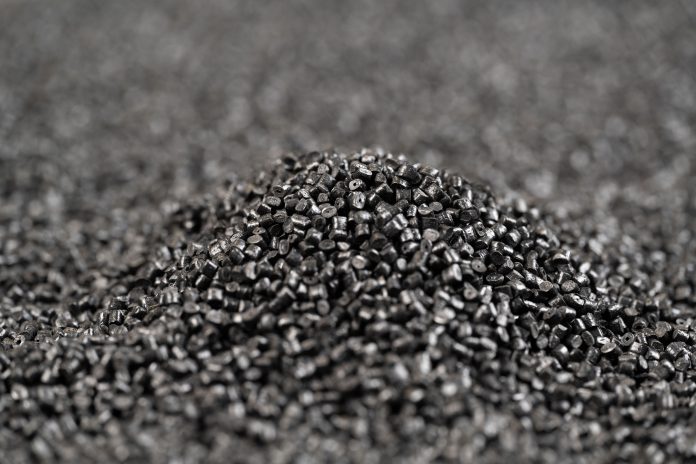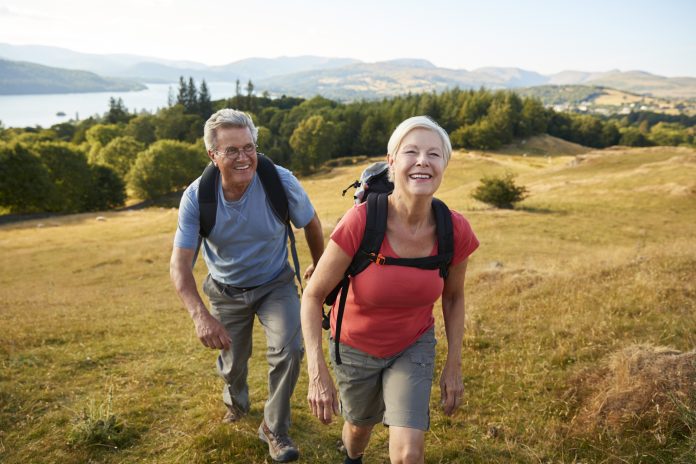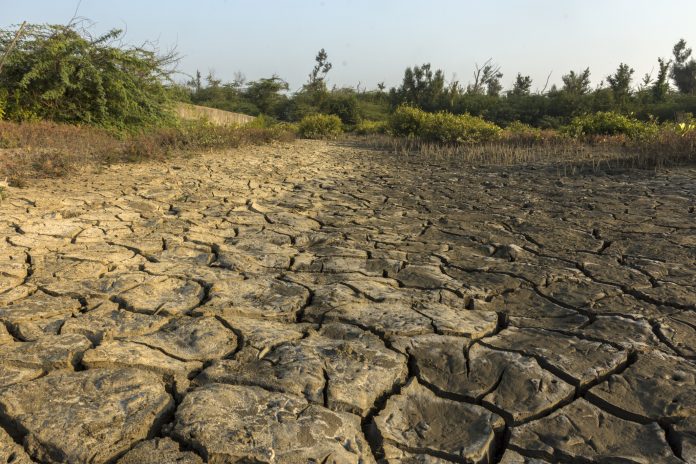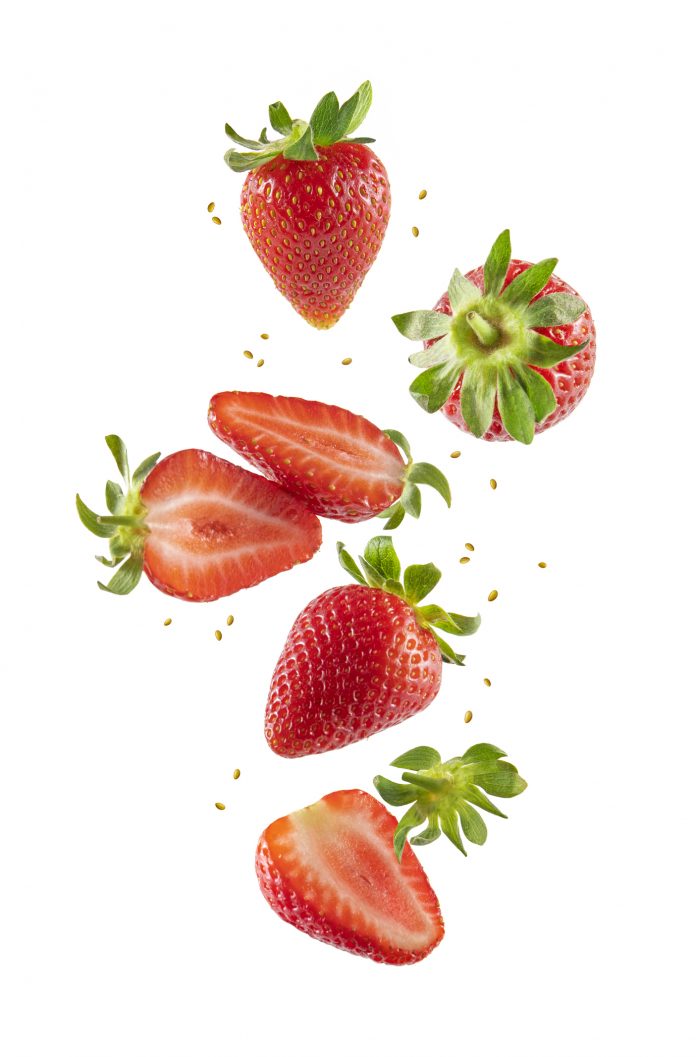Home Search
food - search results
If you're not happy with the results, please do another search
Nutritional management of aging pets
Morgan A. Key from Hill’s Pet Nutrition outlines the changes associated with aging pets and how nutrition can help.
Nanoplastics found in bottled water raise concerns over human health
Microplastics have become a global environmental concern, with these tiny particles infiltrating polar ice, soil, drinking water, and food we consume.
Business and human rights in Japan: Progress and challenges of the Japanese government
Professor Emi Sugawara from Osaka University of Economics and Law, Faculty of International Studies, discusses government’s efforts to respect human rights in the supply chain.
Bio-based solutions for a circular economy
Principal Scientist Ulla Forsström from the VTT Technical Research Centre of Finland Ltd tells us about the INN-PRESSME Open Innovation Test Bed project, which aims to develop novel, sustainable and recyclable bio-based solutions to replace fossil-based plastic.
Green infrastructure for ecosystem resilience
Mita Drius and Luana Silveri from the Free University of Bozen-Bolzano, explain fostering green infrastructure for ecosystem resilience in Alpine regions. The FRACTAL model, we hear, is a bottom-up all-round approach.
Chronic organ damage: Understanding fibrosis
Fibrosis was once considered irreversible, resulting from chronic organ damage; Ken-Ichi Kobayashi from Notre Dame Seishin University tells us why the possibility of treatment to reverse the disease is gaining attention.
Ken-Ichi Kobayashi PhD – Notre Dame Seishin University
Prof. Ken-Ichi Kobayashi received his Ph.D. in agriculture from Kyoto University in 2005
Since then, he served as a JSPS Research Fellow from 2004 to 2005, Assistant and Associate Professor at the Faculty of Applied Biological Sciences, Tokyo University of Agriculture from 2006 to 2017, and as a visiting...
Dr. Melissa Ward Jones: Permafrost scientist and geographer
Here we explore Dr. Melissa Ward Jones' research on permafrost systems in the continuous permafrost zone of the Arctic and permafrost-agriculture interactions primarily in the discontinuous permafrost zone of Alaska.
Revolutionizing agriculture: Unleashing the potential of AI and big data in soil health monitoring
In a recent interview, our editors delved into the world of soil health monitoring and the transformative role played by artificial intelligence (AI), big data, and machine learning, with Mogens H. Greve, Professor and Head of the Soil Section at the Institute of Agroecology, Aarhus University.
Improving vineyard irrigation efficiency with soil water sensors
Using soil water sensors to automatically schedule irrigation in winegrape vineyards offers the potential for growers to enhance water use productivity under warmer climate conditions.
Forage fish: Pacific herring in Alaska
W. Scott Pegau and Hayley Hoover discuss the plight of forage fish, with a particular emphasis on understanding the lack of recovery of Pacific herring in Prince William Sound, Alaska.
Microbe development for the biomanufacturing age
Joe Price, Dr Kang Lan Tee & Prof Tuck Seng Wong, explore adopting a holistic approach to microbe development for the age of biomanufacturing.
Permafrost grown: Investigating permafrost-agriculture interactions in Alaska
Here, we learn about Dr. Melissa Ward Jones, who leads a transdisciplinary team of researchers at the University of Alaska Fairbanks, co-producing knowledge with farmers to understand these unique agricultural systems better.
Brain infection by SARS-CoV-2: Lifelong consequences
The WATCH team, founded to elucidate the role played by specialized brain cells called tanycytes in various physiological processes, has been investigating how and where the SARS-CoV-2 virus infects the brain, and some long-term consequences of this neuro-invasion.
Where the UK’s solar revolution stands
Barry Bennett, Managing Director of BELECTRIC’s UK subsidiary, provides insight into the UK’s solar revolution and the key hurdles the energy sector must overcome on the path to achieving the country’s net zero targets.
Innovating polymers: 100% recycled ECOPLASTOMER®
Katarzyna Pokwicka-Croucher, Founder and CEO of Ecopolplast, tells us about the company’s mission to innovate polymers through their eco-friendly Ecoplastomer® product, made with 100% recycled content that reduces CO2 emissions and ensures complete independence from virgin raw materials.
Nourishing our golden years: Working to support healthy ageing with healthier choices
Although life expectancy is increasing, many older adults spend their later years in poor health; DG SANTES’s Sandra Gallina tells us about the European Commission’s efforts in supporting healthy ageing.
Need for an integrated approach to combat soil degradation
An overview of the need for an integrated approach to combat soil degradation, is presented here by Research Director at TechVision, Frost & Sullivan, Aarthi Janakiraman.
Climate, Green Deal, environment and oceans
An in-depth analysis of the European Commission’s climate change, Green Deal, environment, oceans and fisheries policies by Open Access Government.
From challenges to choices: The EU’s path to healthier and greener eating habits
The European Food Information Council (EUFIC) plays a pivotal role in supporting European citizens to make healthy and sustainable food choices; here, they discuss the impact of dietary patterns, barriers to greener eating habits, and measures to empower consumers.


